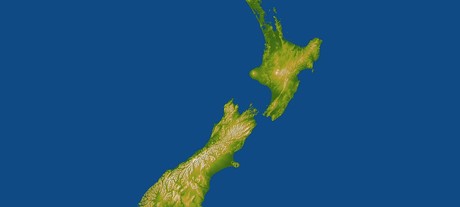NZ ahead of schedule with UFB rollout

The New Zealand government is ahead of schedule with its project to make fibre broadband available to 87% of the population by the end of 2022.
The latest Quarterly Broadband Deployment update from the ministerial portfolio of Broadcasting, Communications and Digital Media found that the Ultrafast Broadband (UFB) fibre network now passes more than 1.25 million New Zealand households and businesses.
Around 40% of premises with access to the network are actually connected, representing a 10% uptake in connections between September and December.
This leaves 506,075 users connected to the network, which is delivering speeds of nearly 1 Gbps. The government is targeting 87% population coverage across 390 towns and cities by the end of 2022.
“New Zealand is again building tremendous infrastructure. The people involved in this work are this generation’s equivalent of those who built the bridges, dams and railways of the 20th century. They’re providing the infrastructure for how we will live, work and play in future, and they are doing a great job,” New Zealand Communications Minister Clare Curran said.
“This government wants to close the digital divides by 2020, and to make ICT the second biggest exporting sector by 2025. We know it’s going to take more than what is already planned to ensure we reach those goals so all New Zealanders have connectivity.”
The close to 1 Gbps speeds of the UFB are in stark contrast to the typical speeds available over Australia’s nbn. The Coalition’s rollout plan merely calls for 90% of the nbn fixed-line footprint to be capable of delivering speeds of over 50 Mbps by 2020, and the government recently published research claiming that 98% of households are expected to demand speeds of less than 49 Mbps by 2026.
Indeed, the nbn had to take measures to improve take-up even of 50 Mbps speed plans with wholesale price cuts. Telstra has subsequently agreed to upgrade around 850,000 of its nbn customers previously on the most popular 25 Mbps speed plan to 50 Mbps at no extra cost.
Outside of the UFB footprint, the New Zealand government is also improving broadband speeds and availability in regional areas through the Rural Broadband Initiative.
Under the second stage of this initiative the government plans to deliver new or improved broadband to 70,000 additional premises, and provide mobile coverage to more than a thousand kilometres of state highways.
Ruckus launches AI-driven network solutions
CommScope subsidiary Ruckus Networks has unveiled a host of new AI-driven networking solutions,...
Infoblox launches Universal DDI suite
Infoblox's new Universal DDI Product Suite is designed to allow organisations to centralise...
Ruckus, Nokia launch campus network solution
Ruckus Networks and Nokia have jointly developed an integrated fibre and Wi-Fi networking...




